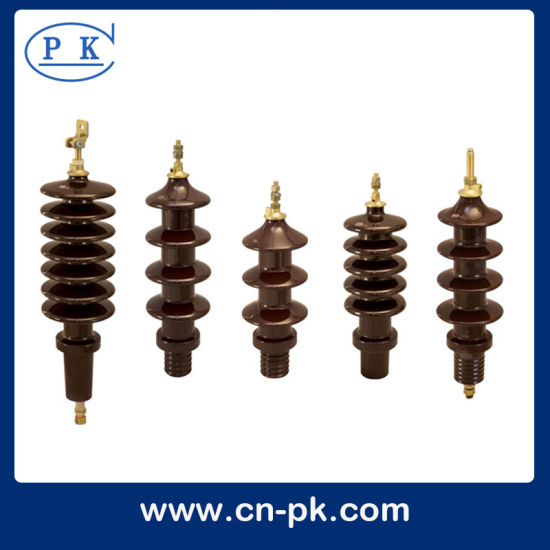Insulators are a crucial component of electrical power systems, responsible for separating conductive materials and preventing electrical current from flowing where it shouldn't. Insulators can come in various shapes and materials, but one type that has gained popularity in recent years is composite insulators. Composite insulators are made of different insulating materials, with the most common being fiberglass and silicone rubber. Compared to their traditional porcelain or glass counterparts, composite insulators offer several advantages for high voltage line and substation applications. In this blog, we'll discuss those advantages and provide some insight into composite insulators for high voltage line insulator and substation use.

Advantages of Composite Insulators
1. Lightweight and Durable
Composite insulators are significantly lighter than porcelain or glass insulators, making them easier to handle during installation and maintenance. The lightweight construction also reduces the strain on supporting structures and hardware. Composite insulators are also more resistant to breakage due to their flexible material properties, reducing the risk of cracked or shattered insulators during high winds, vibration, or other environmental factors.
2. High Mechanical Strength
Composite insulators have high strength and stiffness, making them resistant to damage from impacts and sudden loads. They can withstand severe weather events like hurricanes, earthquakes, and ice storms, making them ideal for substations and high voltage lines in areas with extreme environmental conditions.
3. Excellent Electrical Performance
Composite insulators have excellent electrical insulating properties, with high dielectric strength and low water absorption. They can operate at higher temperatures than traditional insulators before deteriorating or losing insulating integrity, making them ideal for high voltage line and substation applications.
4. Low Maintenance and Longevity
Composite insulators require less maintenance than porcelain or glass insulators, reducing downtime and costs for replacements and repairs. They also have a longer service life, with some manufacturers offering warranties of up to 20 years or more.
Applications of Composite Insulators
1. High Voltage Line Insulators
Composite insulators are ideal for high voltage line insulators due to their lightweight construction, high mechanical strength, and excellent electrical performance. They can resist flashovers, pollution, and aging, making them ideal for energized transmission and distribution lines. They can also withstand high wind and ice loads, reducing the risk of line outages and downtimes.
2. Substation Insulators
Composite insulators are increasingly becoming a popular choice for substation insulators. They are lightweight, easy to install, and require less maintenance than porcelain or glass insulators. They can also withstand high mechanical and electrical stresses, which are typical of substation operations.
Conclusion
Composite insulators offer several advantages over traditional porcelain or glass insulators, making them the ideal choice for high voltage line insulators and substation insulators. They are lightweight, durable, and have excellent electrical performance, making them ideal for energized transmission and distribution lines. They are also easy to install and require less maintenance, reducing costs and downtime. As demand for more reliable and efficient power systems increases, composite insulators will likely become the preferred choice for future high voltage line and substation installations.